
CHAPTER 13
UNSHACKLE YOUR MIND
BLACK POPES: MOORS: BLACK WRITERS: RULERS
by
John Moore
In this chapter, the examination of Afrika's western Diaspora Europe continues, and it will be shown just how the Afrikans impacted culturally and genetically on Europe.
It is a fact that the early Christians in Rome had important Afrikan luminaries in the church, since not all of them were Romans. For example, there were at least three Black Afrikan Popes, of which one, Pope St. Miltiades or St. Melchiades, became a saint. He was born in Afrika and died in Rome in January, 314.
Pope Victor, an Afrikan by birth, was the Church's 14th Pope who "had condemned and excommunicated Theodore of Byzantium who had denied the divinity of Jesus Christ". He suffered martyrdom under Emperor Septimus Servus of Rome, also an Afrikan.
Pope St. Gelasius was born in Afrika and reigned as Pope from 492 to 496. "He was active in rooting out the last vestiges of paganism in Rome".
In the early days of the Christian church it was not unusual to have people from Afrika becoming high officials in the church, including Popes.
Note that no slaves have been shown, but this is not to say that there were no slaves in Europe. What is being left out when the story of the Afrikan people is told about their participation in Europe is the fact that they occupied central positions in government, in religion, in art and other activities throughout Europe.
This is Septimius Severus, the first Black Roman emperor who came from Carthage, Afrika. There were at least 3 Black emperors of Rome and he was one of them. This emperor persecuted the Christians.
Also from Carthage is this person whose name is Terence (right), who was widely studied in Europe. This is not his picture but one that was created by an artist which the publishers inserted on the book cover, as it seems there was no actual picture of him during his lifetime. Terence would have been one of the writers that Shakespeare must have studied, since everyone during Shakespeare's time would have studied his works. Terence was considered to be a classical writer, but what is not known about him is that he came from Afrika. It is interesting to note that they only called him by his first name Terence, but Shakespeare was called William Shakespeare, using both names. Terence's full name is Terence Publius Afra, or specifically, Terence the Afrikan. This again shows that the distortion of the Afrikan past continues. So anyone who currently picks up and reads Terence's literary works would not be aware from the book that this classical writer was an Afrikan, neither would they be aware of the Afrikan influence in a profound way on European literature.
This is Alessandro (Alexander) de Medici sometimes called il Moro. An Afrikan woman and Pope Clement VII got together and produced Alessandro de Medici, who became the head of the famous De Medici family in Italy. He produced a number of daughters that were married off to the kings of Europe.
In fact, almost every major king of Europe got married to one of his daughters, so there are many royal families in Europe right now who can trace their lineage all the way back to this Afro-European, Alessandro de Medici. He not only became head of the De Medici family, but he also became the Duke of Florence. Now in reading the history of Italy or the history of Europe, very few people come across this name, and if they do, will hardly recognize that this is an Afrikan or Afro-European.
Despite the many portraits of this 16th century Italian Renaissance figure, his Afrikan heritage is hardly ever mentioned, if at all. Alessandro wielded great power as the first duke of Florence. He was the patron of some of the leading artists of the era, and was one of the two Medici princes whose remains were buried in the famous tomb by Michelangelo.
The ethnic make-up of this Medici Prince made him “the first Black head of state in the modern western world". Here is the mother of Alessandro de Medici next to the Pope. She is identified in documents as Simonetta da Collavechio.
One thing that should be abundantly clear from what has been revealed so far is that European history cannot be written without Afrikan history included, because if the Afrikans are left out of Europe's history, then it becomes incoherent which would amount to something like a tree without a trunk. There is an integral connection between Afrika and the rest of the world, and in reality, to write world history, Afrikan history must be the major part. It would be intellectually dishonest and intellectually incompetent to write world or European history without giving attention to the co-events in Afrika and its antecedents.
Joel Rogers was an Afrikan-American historian who was born in Jamaica in the Caribbean. He was one of those free minds with no degree, which was probably a good thing, since no one could train his critical faculties out of him.
Joel Rogers discovered a tremendous amount of material that allowed him to become one of great historians of America, even though he was not recognized in the United States, but in Europe he was hailed as such. Many of his books were self-published, but one of them, "The World's Great men of Color", was printed by a major publisher. One of the activities that he enjoyed most was travelling. He was a Pullman porter who used all his money without receiving grants from The National Endowment for Humanities or National Science Foundation, and went to the libraries of America, the library of Congress, to Europe, Paris, London, all over the world, searching for the history of Black people. Joel Rogers found 500 of these images before he stopped because he got tired of counting as there were so many on record.
These are some of the images that Joel Rogers obtained from the books in Europe. If you are of the royal family in Europe, you register your family crest in specific registries that are there to keep those records of the crests. Joel Rogers kept going through these family registries and kept finding these Black images while remarking that, "every time I find Black images, it looks as if they are almost always associated with the name Moor or the name Black in some way".
This image shows the Negroes in Coats of Arms. Look at the one at the top in the centre and notice that by the way he is drawn; he is Black with full lips emphasized. Note also that his name is Schwartz, which comes from Germany where it is registered.
The name Schwartz in German means Black, so he is Black and his name is Black. Look at the man in the lower left corner, his name in German is Moorcroft (also written Marcroft or Morecrofte). In German the word Moor means just that, and the word Croft means head, so this means the head of the Moor. Note the one in the centre, Mohr, which is nothing more than another variation of the word Moor. So here is a good example of the fact that the Moors left their impression in Germany, but it was not just in Germany alone.
Take a look at the centre line and note the entire group of family crests with Black faces on them, and underneath is Negri / Negre, and on the line near the bottom are the words Le noir which in French means (the) Black, and in Italian there would be heads like these with names like Mora.
In English there would be family crests registered as Morrison, which means son of the Moor, and Moorhead, as in Agnes Moorhead, which means Agnes, head of the Moor.
In other words, The Moors were a phenomenal, major presence in southern European societies spilling over into northern Europe, up into Ireland and up the coast to England, leaving evidence behind of the fact that they were there, but clearly not as slave populations. They were there in noble families, and the records are located in one place. One of the things that allow you to see these records is the material that Joel Rogers complied, which comes from his book "Nature Knows no Color Lines".
This is an image of the patron saint of Germany whose name was St. Maurice or Mautritus. The name Maurice or Mautritus comes from the word Moor or Mauritania. So it is obvious that no one had any problems with an Afrikan saint.
If those isolated heads had not been identified and assembled together but only one isolated image was shown, the meaning might not have been recognized, but by pooling all of them together it becomes clear to see the pattern of Black faces emerging along with the name Moor. This allowed Joel Rogers to draw the connection concerning the role that the Moors played in European civilization.
When this information is explored, the question of how white is white and how European is European should come up. People will look at a Black population and both the Black person and the European will talk about how mixed the Black population is when referring to the period after the Afrikans came over and got mixed up during the days of slavery with the owners and so on, or that there was miscegenation after that time.
This line of reasoning simply suggests that many of the people seen have lost melanin or skin colour over a period of time and have become a mixed population without recognizing at the same time that both the white and the Black population that went into America and the Caribbean were already mixed when they arrived. In other words, there was mixing long before slavery and also during slavery, but there was also mixing in Europe. Afrikans began to mix with Europeans even after the Grimaldi period, not to mention the Moors in particular.
In the historical records there are references to Afrikans who left the Afrikan continent aboard ships and travelled to Ireland and Scotland where they settled. They were known as Fomorians. "The Fomorians were seafarers from Afrika who were descendants from Noah's son Ham. In Irish mythology, the Fomorians (Irish Fomóiri, Fomóraig or Fomors) were a semi-divine race that inhabited Ireland in ancient times, and may have once been the beings that preceded the gods, similar to the Greek Titans".
Of particular interest is a dance in Ireland, Scotland and England called The Moorish (Maurice) Dance which today is still performed. It became the National Dance of England, where people would paint their faces Black when they were performing these dances which originated during the Moorish times. Most people are fascinated by the way Black people dance, and this goes all the way back to Egyptian times. They used to send all the way to the south to get pigmies to come to Egypt and dance, because pigmies were thought to be able to dance in a holy fashion that was more pleasing to God than anyone else's dance. Therefore, that long legacy in the dance tradition is carried on by the Black populations.
What is being pointed out is that there was an untold story of this movement into Europe by Afrikan populations across the straits of Gibraltar into Spain and Portugal in particular and then further up into Europe. There was an infusion of Afrikan culture as well as a biological infusion, since Afrikans were mixing with these people.
Here is an example of this type of mixture in Europe. Robert Browning, the Greek poet of England, is pictured in the lower left corner. He is an Afrikan-European since he comes from Afrikan-European parentage.
Alexandre Dumas who is in the upper right and the writer of "The Three Musketeers" and "The Count of Monte Cristo" is also Afrikan-European. Sidonie-Gabrielle Colette, the great French author is another Afrikan-European, though she looks totally white.
In the picture to right, Ludwig van Beethoven, (left), is an Afrikan-European since his mother was a Moor who came from that group of Islamic Afrikans that controlled the Iberian Peninsula. This fact reality stuns musicians, especially the classical type, to learn that their idol Beethoven had Black blood.
Beethoven (1770 -1827) was born in Bonn, Germany in December of 1770, but moved to and settled in Vienna, Austria in his early 20’s where he studied under the master musician Joseph Haydn who, by the way, was also Black, and is today recognized as the greatest musician known to the modern world. His family came from Flanders, now Belgium, an area governed by the Moors for more than 200 years.
This type of information has been thoroughly researched and reported in the appendix of Joel Rogers's book "Sex and Race Vol. III". Note Beethoven on the left and Walter White from the NAACP on the right who is portrayed even lighter than Beethoven because of the way he is represented in the painting. Joel Rogers came to his conclusion from collecting all the biographies of Beethoven that were written by people who knew him, in addition to the physical descriptions from eyewitnesses of Beethoven’s physical appearance.
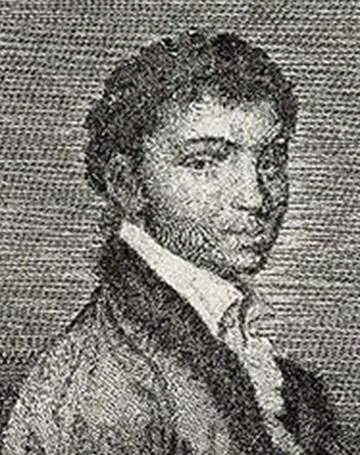
Beethoven was called “frizzy haired” and in some cases he was referred to as “Nigger” and “The Black Spaniard”.
One of his closest friends Frau Fisher, described Beethoven as having a “blackish brown complexion”, while German anthropologist Frederick Hertz described him as having “Negroid traits, dark skin, flat, thick nose”.
Even in the “Newsweek” edition of September 23, 1991, it was stated that “Afrocentrism ranges over the whole panorama of human history, colouring in the faces from Australopithecus to the inventors of Mathematics to the great Negro composer Beethoven.”
Emil Ludwig in his book entitled “Beethoven” declares, “He was so dark that people dubbed him Spagnol, meaning dark-skinned.”With all this overwhelming data available, why are these facts completely ignored while at the same time there are many images of Beethoven still portraying him as Caucasian? It must be remembered that during the 15th and 16th centuries when slavery was in full swing, there was a massive campaign of deception and deliberate misinformation concerning the achievements of Blacks which unfortunately still trickles down to this present day.
Below is Alexander Pushkin (1799-1837) who is today recognized as the greatest poet of Poland and Russia. What most people do not know about Pushkin is that his grandfather was an Afrikan. The Czar of Russia liked him so much that he had him brought from Afrika to Russia. Alexander’s grandfather then became an important part of the whole Russian hierarchy, even becoming a general in the Russian army.
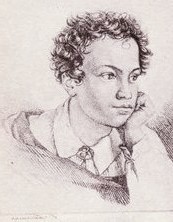
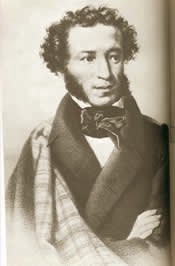
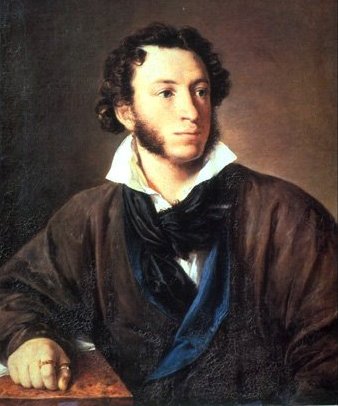
Pushkin as a child Alexander Pushkin
Pushkin therefore grew up with the support of a middle-upper class family and became a writer. Pushkin was also the one who taught the Russians how to write in Russian because until that time, anyone who was a literary person in Russia felt that they had to write in French or German because the Russian language was not thought of as being suitable for advanced literary work. Pushkin therefore showed the beauty of the Russian language to the Russians themselves, though he too was Russian. There are also great stories written about him highlighting his duels.
Pushkin was so proud of being an Afrikan, that he wrote a book to his grandfather entitled "The Negro of Peter the Great of Russia", the title his grandfather was known by. Peter the Great of Russia was the Czar who brought Pushkin's grandfather to Russia, and Pushkin remembered this and loved him so much, that he dedicated this book to his grandfather who was a special figure in Russia.
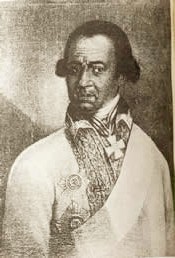
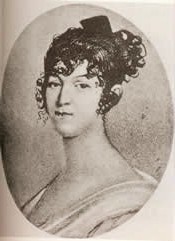
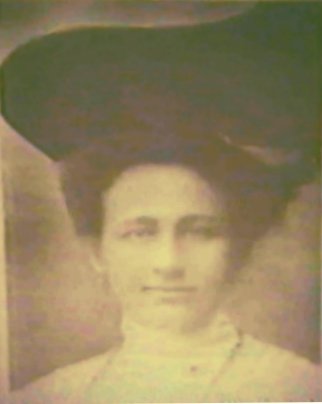
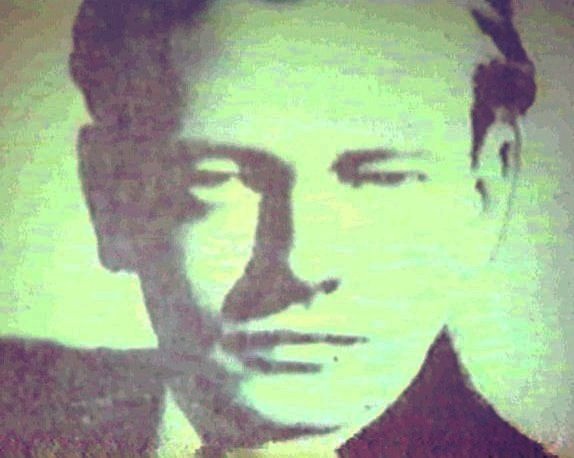
Pushkin's grandfather Pushkin's mother Pushkin's daughter/grand Pushkin's grandson
Take a good look at Pushkin's daughter (or granddaughter), and continuing the line of thought with the mixing question, one can clearly see the effects of such mixing here. In other words, Pushkin had been mixed, and now his daughter has also been mixed. Take a look now at Pushkin's grandson and notice that the genes have practically disappeared into the European population.
Now how many Europeans walking around today are aware of the fact that they are mixed with Black Afrikan genes? Therefore, when there is talk about the mixture that took place in the United States of America, it is in fact a mixture of mixtures.
But to talk about mixture really may be somewhat ridiculous in view of the fact that it all came from the Afrikan root in the first place, so Afrikans are actually mixing with Afrikans who changed as a result of other environmental conditions with the passage of time.
Later, Europeans began to get interested in Afrikan creativity. Here is just an example of how artists were influenced, and by extension it should not be difficult to imagine how musicians would also have been influenced. Look at the Ashanti Doll on the left and then look at the painting by Picasso which is a copy of the Ashanti Doll. Below are a few more Afrikan pieces copied by European artists.


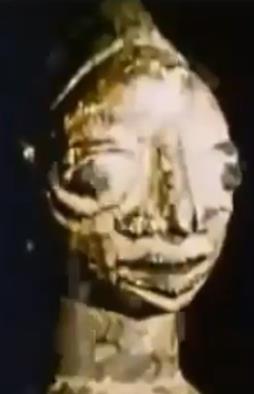
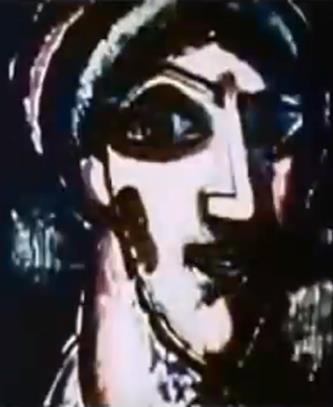

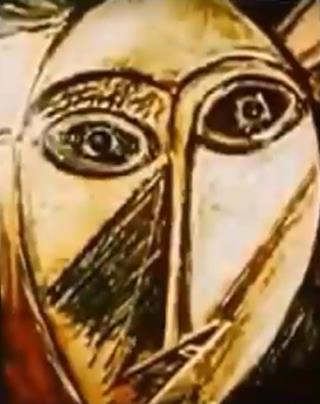
{1. Afrikan artist - 1A Paul Klee's version.} {2. Afrikan artist - 2A Picasso's version.} {3. Afrikan artist - 3A Picasso's version.}
The Smithsonian Institution in Washington DC has a whole series of slides that compare Afrikan art which the European artists copied. There are several slides that show how time and time again the major European artists would go to Afrika for their inspiration and would then “re-present” the material to European audiences in their own modified version.
AFRIKA'S WESTERN DIASPORA - AFRIKA.
The western Diaspora in Europe was explored, now the focus will move out of the Nile Valley across the continent of Afrika, but what is of great importance about this will be the following points that will help to explain how Afrika lost its pre-eminent position.
Afrikans give up the coast. This was one of the critical areas, seeing that any group of people who gives up their land on the coast and moves to the interior even for protection will eventually lose the benefits of trade and access to the rest of the world.
Afrikan nations and empires develop in the interior. Those nations that developed in the interior were Ghana, Mali, Songhai and Zimbabwe after the period of time when the Afrikans had deserted Egypt and had been migrating out to the west. Many of these migrants were people who had come from Nile Valley locations somewhere along the Nile River according to the oral history, and in some cases according to the written history of the Afrikans themselves.
Europe goes to war at the source. These are the three actions which the Europeans have committed that helped to destabilize and then destroy businesses that were flourishing in Afrika.
1. First was Colonization, that is to say, the splitting up and control of the Afrikan continent among European powers that settled in Afrika.
2. Slavery, that is, the depopulation of the Afrikan continent which, according to some scholars, was to the amount of about 200,000,000 (two hundred million) people. In other words, what exists in Afrika today is nothing but the remnants of vast populations and national states that existed before the colonial period. So there was genocide on the Afrikan population and the destruction of the Afrikan infrastructure which they have been trying to recover from since the time of slavery and colonization.
3. Finally, Neo-colonization, something that was in existence in 1986. This means the controlling of Afrika not by the physical presence of the outside powers, but by the manipulation through funds and force of arms which amounts to dictating the structure from the outside. These are the types of conditions that must be noted about Afrika's Western Diaspora.
© John Moore - Barbados, W.I. (March 2000) ©. All rights reserved.
